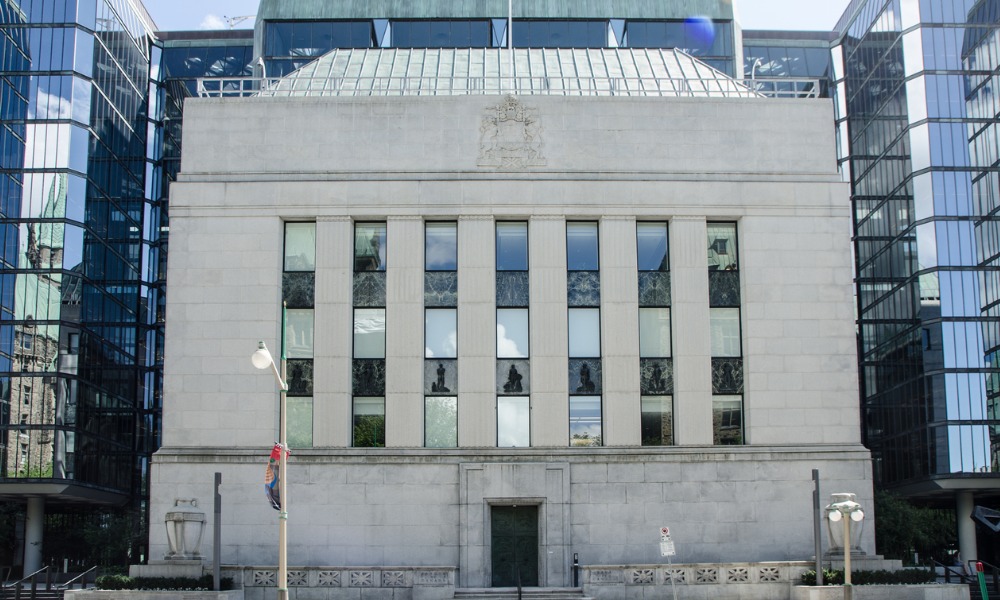TD's James Orlando states Canada's early rate cuts will provide economic boost, narrowing gap with US

Toronto-Dominion Bank economist James Orlando stated that the Bank of Canada's decision to cut interest rates ahead of the US Federal Reserve will lead to a “big tailwind” for the Canadian economy, according to the Financial Post.
Canada’s economy is expected to grow by 0.9 percent this year, significantly lower than the US projected growth of 2.3 percent, based on a Bloomberg survey of economists.
Canadian consumers are more affected by interest rates due to higher average debt levels and more frequent mortgage rate resets compared to US households.
Orlando highlighted the importance of rate cuts for Canada during an interview on BNN Bloomberg Television. He noted that reducing mortgage payments would allow Canadians to use more of their disposable income for other purposes, helping to narrow the economic growth gap between Canada and the US.
The Bank of Canada recently lowered the overnight interest rate to 4.75 percent, marking the first cut in over four years, and indicated that further reductions are possible if inflation pressures ease.
However, the likelihood of another rate cut in July has decreased following a rise in the consumer price index to 2.9 percent year-over-year in May, up from 2.7 percent in the previous month, as reported by Statistics Canada. Despite this, Orlando believes that interest rates will continue to decrease.
Toronto-Dominion economists predict that the Bank of Canada will reduce its policy rate to 2.25 percent by early 2026. In contrast, the US Federal Reserve has not yet started cutting rates, with TD forecasting the first cut in December.
Orlando pointed out that the US has not experienced a "growth sacrifice" from higher interest rates because American consumers were in a better position going into the high-rate environment, having deleveraged after the global financial crisis.
Additionally, the availability of 30-year mortgage rates in the US provides a buffer against rising rates, unlike Canada’s shorter-term mortgages, which typically have a maximum term of five years.



